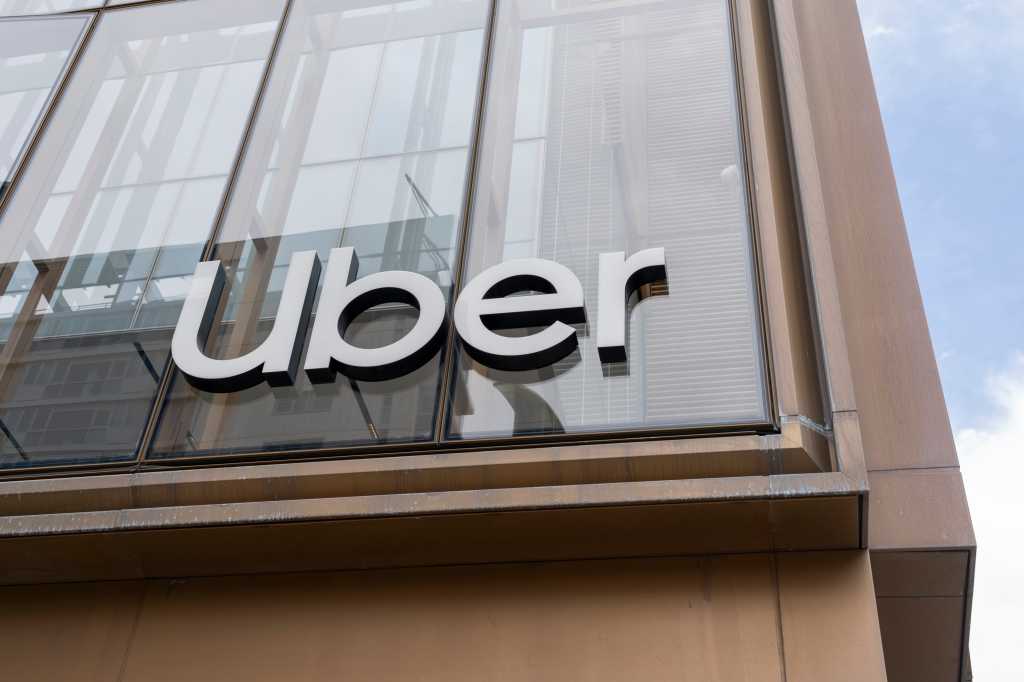Launches pilot in the US in which drivers complete digital tasks to help enterprises scale up their AI efforts.

Following its entrance into the data labeling space last year with the launch of a new division, Scaled Solutions, Uber on Thursday introduced a pilot project in the US market that will see its drivers, like their counterparts in India, annotate data for use in AI training.
Megha Yethadka, global head of the division now renamed Uber AI Solutions, said the pilot program in India, launched last month, enables drivers across 12 Indian cities to use their downtime to complete digital tasks, encompassing everything from image classification and text analysis to audio transcription and receipt digitization.
The move follows the June announcement of an expansion of Uber’s AI platform, which the company described as a set of offerings that include “customized solutions for building smarter AI models and agents, global digital task networks, and tools to help companies build and test AI models more efficiently.”
Uber AI Solutions, a release stated, “is offering the tools and data to help train smart AI agents, including realistic task flows, high-quality annotations, simulations, and multilingual support, helping AI agents understand and navigate real-world business processes.”
The US pilot, which was announced at the organization’s Only on Uber event, will, according to a company blog, involve a “select group of drivers and couriers completing digital tasks such as recording themselves speaking in the language they are most comfortable with, submitting documents written in different languages, and the uploading of images.”
Shashi Bellamkonda, a principal research director at Info-Tech Research Group, described the announcement as a “smart and strategic move from Uber.”
The company, he said, already has a “vast, global audience of drivers and delivery workers. One would think they would have some time alone between rides to interact and take on small digital tasks that help train AI models.”
“Uber is a data and logistics company first, and this move uses those strengths in a way that could generate valuable and diverse training data,” he observed. “This reminds me of how CAPTCHA/reCAPTCHA is still being used to train AI models. Uber saves money by doing this ‘internally’ and could also offer the annotated data in some form to other companies.”
He pointed out that the move also “introduces a new player into the human-in-the-loop data-labeling market, which has been dominated by a few specialty vendors. With Uber’s scale and reach, it could increase competition and bring more flexibility and pricing pressure to a market that is still too costly and resource-intensive for many organizations. It also shows how data preparation and labeling are becoming more commoditized, and why CIOs should begin viewing these functions as strategic procurement categories rather than just niche technical tasks.”
CIOs, said Bellamkonda, are also “struggling to align their AI investments with clear business value. There are two lessons here. First, explore whether your own data from everyday operations could be used in a proprietary data-labeling initiative, even if only for limited use cases.”
The second lesson, he said, is, “Uber’s data annotation could offer a new opportunity and help CIOs who want a globally diverse dataset. When it becomes available, it might be worth assessing the potential cost savings of using this new dataset and running a small pilot to evaluate it against existing providers.”








